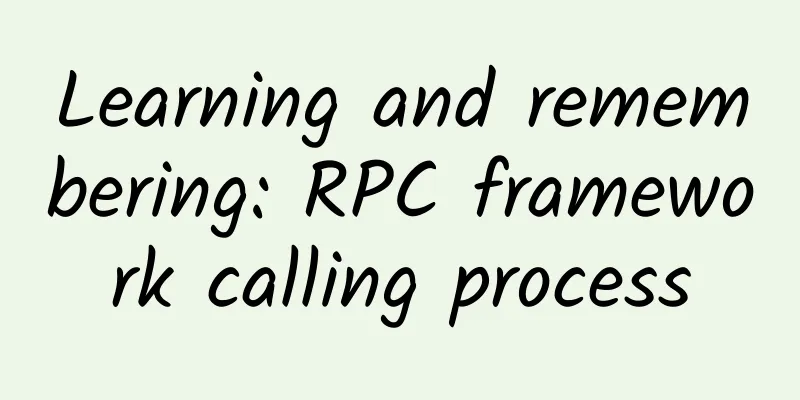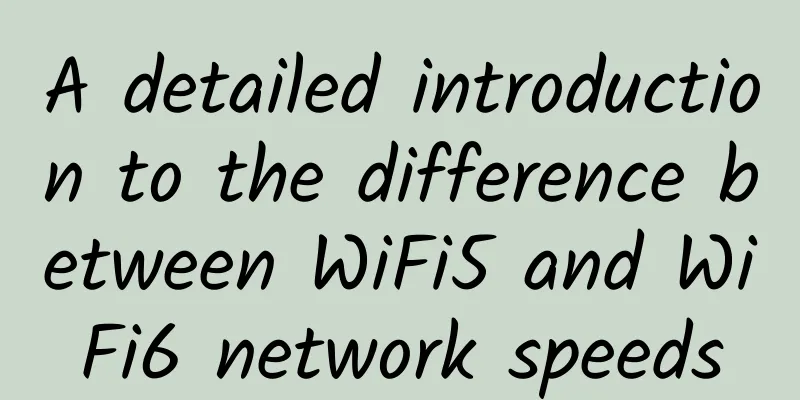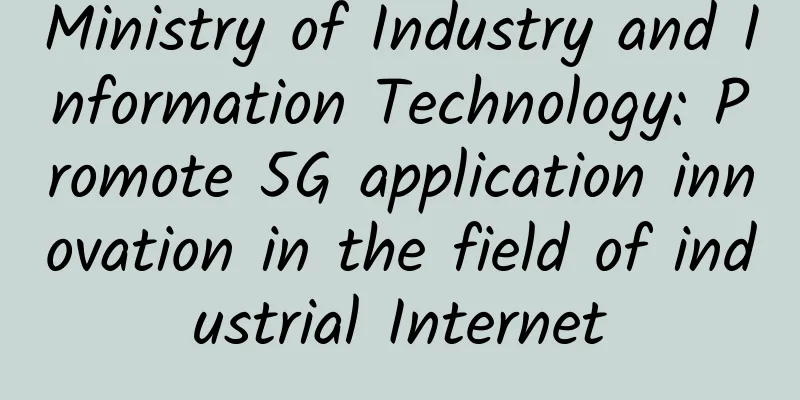Learning and remembering: RPC framework calling process

Introduction to RPCRPC is the abbreviation of Remote Procedure Call. It is a protocol that requests services on a remote computer program through the network without having to understand the underlying network technology. No additional programming is required in the code, just like calling a local method directly. RPC Framework RoleThere are three important roles in the RPC framework: RPC Server, RPC Client and Registry, as shown in the following figure:
RPC core componentsThe RPC architecture consists of five core components: Client, Client Stub, Server, Server Stub, and NetWork Service. Stub can be understood as a stub.
RPC call processThe overall calling process of the RPC framework is shown in the following figure:
The goal of the RPC architecture is to encapsulate steps 2, 3, 4, 7, 8, and 9 so that the caller feels like calling a local method. Open source RPC framework
|
<<: What is coming will come. Taiwan may shut down 3G this year.
>>: 6 hot trends in IT recruiting, and 5 that are cooling down
Recommend
Let's talk about NAT protocol???
Hey everyone, this is cxuan. Today we are going t...
Wuhan East Lake High-tech Zone built a video conferencing system in seconds to improve work efficiency
Under the tough order of "admit everyone who...
In order to understand the principle of CDN, I have gone bald.
[[420808]] This article is reprinted from the WeC...
CloudCone: $17/year-dual-core/1GB/55GB/2TB@1Gbps/Los Angeles data center
Here is some information about CloudCone's re...
[Black Friday] HostHatch: $29/year-dual-core/4GB/50G NVMe/5TB/1TB/Los Angeles and other data centers
HostHatch has launched the 2023 Black Friday even...
China's 5G smartphone shipments reached 108 million units, but how many people use 5G?
my country has always been the world's larges...
Use Qt to create your own serial port debugging assistant
[[376484]] In my work, the thing I deal with most...
It’s time to understand HTTPS and the encryption behind it
HTTPS (Hypertext Transfer Protocol Secure) is an ...
EtherNetservers: $14.95/year-1GB/40G SSD/1TB@10Gbps/Los Angeles & New Jersey & Miami & Germany data centers
While other vendors are offering KVM, EtherNetser...
4G+ broadband is advancing rapidly: China Mobile's dual-line network is killing China Unicom
China Mobile and China Unicom both announced thei...
What is the relationship between NFV and SDN?
NFV and SDN are popular technologies that have em...
A must-read for network engineers! Essential knowledge points for IP routing in 2020
RIP RIP (Routing Information Protocol) is a pure ...
China's 5G connections have reached nearly 430 million, accelerating the exploration of vertical application markets
By the end of 2021, nearly 8% of the world's ...
What changes does MPLS need to make to build networks for 5G?
5G has unique challenges in not only enabling ser...
Top 10 Wi-Fi Predictions for 2023
Christmas is around the corner, the goose is gett...









